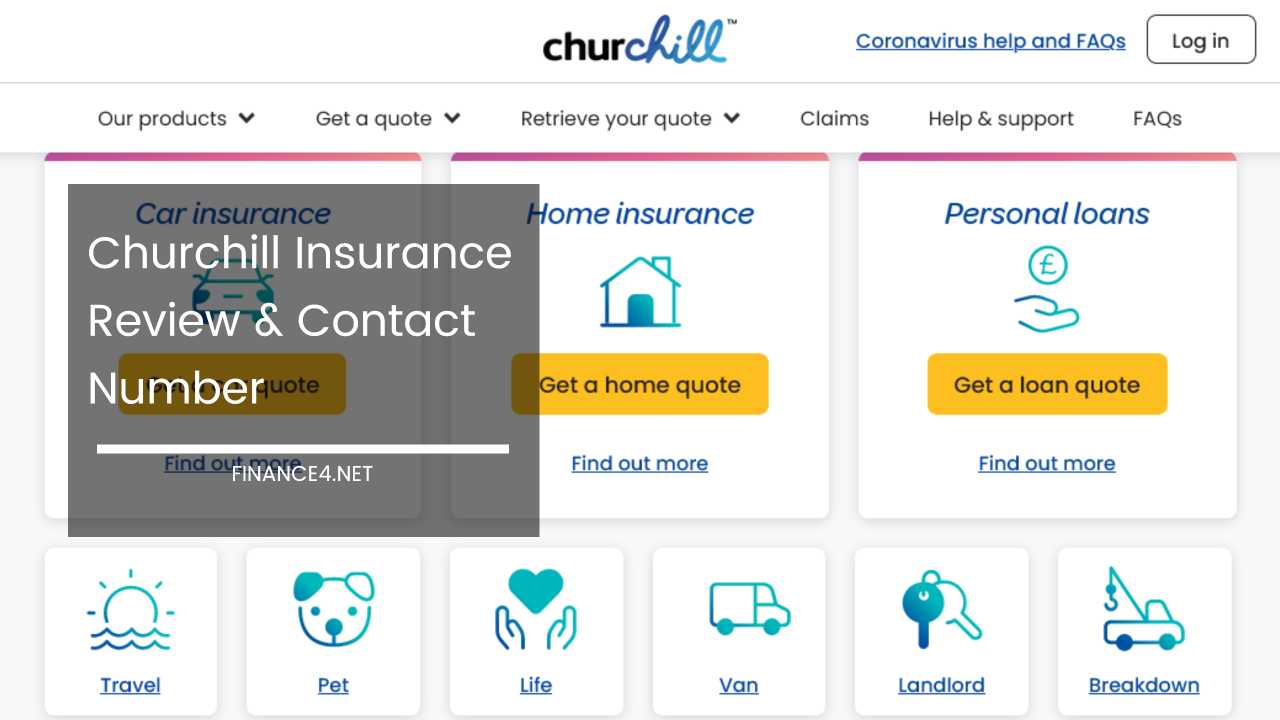Study Abroad Made Easy: Financing Your Dream with U.S. Education Loans

Unlocking Your Potential: A Comprehensive Guide to Financing Your Study Abroad Dreams with U.S. Education Loans
Studying abroad can be a transformative experience, opening doors to new cultures, academic rigor, and career opportunities.
However, the financial burden of international education can often seem daunting. Fear not! This guide delves into the world of U.S. education loans, equipping you with the knowledge and strategies to navigate the loan landscape and finance your academic adventure with confidence.
The Power of Education Loans:
Education loans are financial instruments designed to bridge the gap between your financial resources and the total cost of your education.
Offered by both the U.S. government and private lenders, these loans specifically cater to educational expenses, allowing you to focus on your studies without the immediate financial pressure.
This empowers American students to pursue higher education in a wider range of fields, from cutting-edge technology programs abroad to established humanities courses in prestigious international universities.
Before You Apply: Knowledge is Power
Preparation is key to a successful loan application process. Each loan provider has its own set of guidelines and requirements.
Thoroughly research potential lenders and familiarize yourself with their procedures. Gather all necessary documentation beforehand, such as academic transcripts, proof of acceptance from your chosen university, tax returns (if applicable), and a resume highlighting relevant achievements or work experience (for private loans). This proactive approach streamlines the application process and minimizes delays.
A Spectrum of Loan Options to Suit Your Needs:
The U.S. education loan system offers a diverse range of options to cater to various financial situations. Here’s a closer look at the most common types:
-
Federal Student Loans: These government-backed loans are a cornerstone of U.S. education financing. They generally offer competitive interest rates, flexible repayment options, and federal protections for borrowers. A significant advantage is the deferment period, where repayment typically begins after graduation. However, there’s a limit on the total loan amount you can receive.
- Subsidized Loans: This loan category is specifically designed for students with demonstrated financial need. The U.S. government pays the interest on these loans while you’re enrolled at least half-time, during grace periods after graduation, and during periods of deferment. This can significantly reduce your overall loan burden.
- Unsubsidized Loans: Unlike their subsidized counterparts, the interest on unsubsidized loans accrues from the time you receive the loan, regardless of your enrollment status. This means you’ll be responsible for paying the interest while in school and during deferment periods. Careful budgeting and responsible borrowing are critical with unsubsidized loans.
-
PLUS Loans: These loans are intended for parents of undergraduate students to help cover educational expenses beyond what federal student loans can provide. PLUS loans offer larger loan amounts compared to traditional student loans, providing parents with greater financial leverage to support their child’s educational aspirations. However, it’s crucial to remember that the repayment responsibility falls solely on the parent borrower, and late payments can negatively impact their credit score.
-
Private Loans: Beyond federal loan programs, you can also explore private lenders like banks or education loan companies. Private loans often come with higher interest rates than federal loans, but they might offer more flexibility in terms of loan amounts and eligibility criteria. For instance, private loans may be an option for students with limited credit history or those pursuing non-traditional programs not fully covered by federal loans. Always meticulously evaluate the pros and cons of private loans before applying.
Financing Your Study Abroad Journey:
Using an education loan to finance your study abroad program requires additional considerations:
- Living Expenses: Most education loans primarily cover tuition fees. You’ll need to factor in additional costs like accommodation, meals, transportation, course materials, and potential healthcare expenses. Research the cost of living in your chosen destination and adjust your loan amount accordingly to ensure it covers all your anticipated expenses.
- Currency Exchange Rates: Fluctuations in exchange rates can significantly impact your overall expenses. Factor in potential currency fluctuations when budgeting for your study abroad experience. Consider locking in exchange rates through financial instruments like forward contracts to mitigate the risk of currency fluctuations.
- Repayment Options: While repayment typically begins after graduation, some loan programs offer deferment options if you’re enrolled in a recognized educational program at least half-time. Understand the specific repayment terms of your chosen loan and create a solid repayment plan that factors in your projected future income. Consider seeking guidance from a financial advisor to develop a realistic and sustainable repayment strategy.
Choosing the Right Loan: A Deliberate Decision
The ideal education loan depends on your individual circumstances. Consider factors like your financial need, the duration of your academic program, your future career prospects, and your risk tolerance. Compare interest rates, repayment terms, and eligibility requirements from various lenders.
Don’t hesitate to leverage the expertise of financial aid advisors at your university or a qualified financial professional.
They can provide personalized guidance and help you navigate the complexities of loan options to secure the most suitable financing for your study abroad journey.
Beyond the Loan: Strategies for Success
While education loans provide valuable financial support, a successful study abroad experience requires a multifaceted approach:
- Scholarships and Grants: Explore scholarship and grant opportunities offered by your university, government agencies, private foundations, and international organizations relevant to your field of study. Securing scholarships or grants can significantly reduce your reliance on loans and ease your financial burden.
- Part-Time Work Authorization: Depending on your visa type and program regulations, you might be eligible for part-time work authorization while studying abroad. This can be a great way to offset living expenses and gain valuable work experience in a global setting. Research work authorization options beforehand and ensure you comply with all visa regulations.
- Budgeting and Smart Spending: Develop a realistic budget that accounts for all your anticipated expenses. Practice smart spending habits to maximize your resources. Consider utilizing budgeting apps or creating a spreadsheet to track your income and expenses effectively.
- Cultural Adjustment: Studying abroad is not just about academics. Embrace the opportunity to immerse yourself in a new culture. Be open to trying new foods, learning the local language, and participating in cultural events. This cultural immersion can be a deeply enriching experience that enhances your personal and professional development.
Final Thoughts: Investing in Your Future
Financing your study abroad dream with a U.S. education loan can be a strategic investment in your future. By equipping yourself with knowledge, carefully planning your finances, and exploring additional resources like scholarships and part-time work options, you can embark on this transformative journey with confidence.
Remember, studying abroad is an opportunity to broaden your horizons, develop valuable skills, and build a network of international connections that can propel you towards a successful global career. So, take the first step, explore your loan options, and turn your dream of studying abroad into a reality.
Additional Tips:
- Consider the tax implications of education loans. Interest paid on qualified education loans may be tax-deductible in the U.S. Consult with a tax professional to understand the specific tax benefits associated with education loans.
- Explore loan consolidation options after graduation. This can simplify your repayment process by combining multiple loans into a single loan with a potentially lower interest rate.
- Remember, education loans are a significant financial commitment. Borrow responsibly and prioritize repayment to avoid future financial strain.
By following these strategies and making informed decisions, you can leverage U.S. education loans to unlock your academic potential and pursue your dream of studying abroad.



